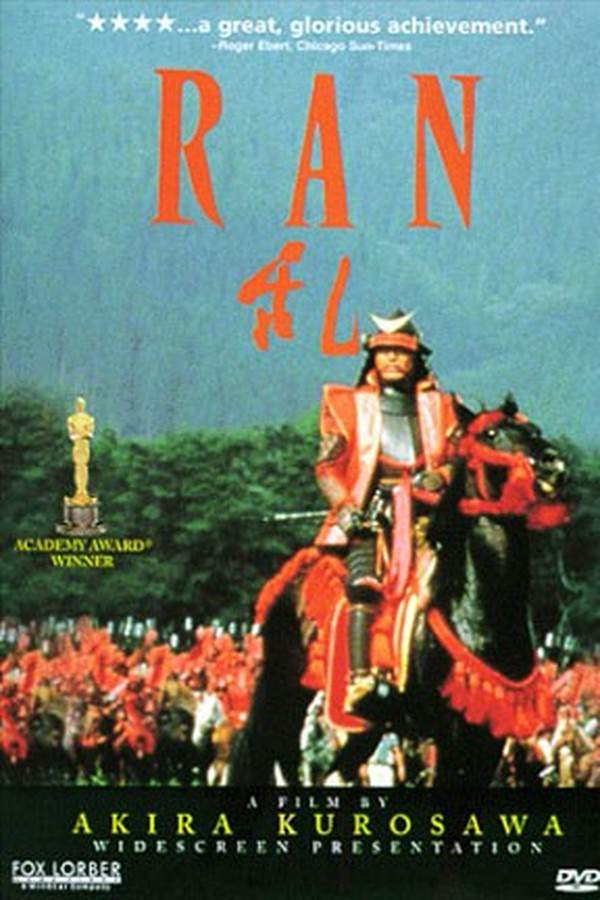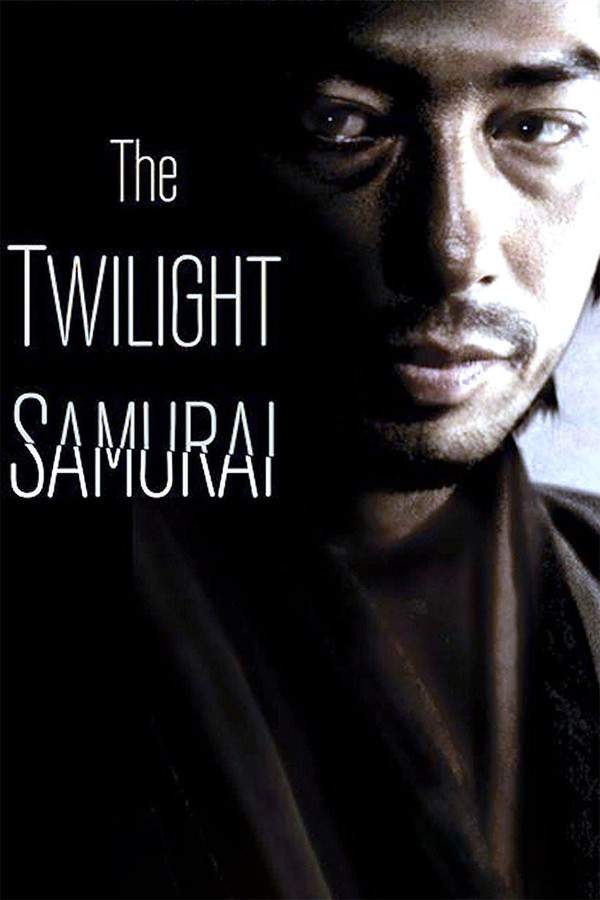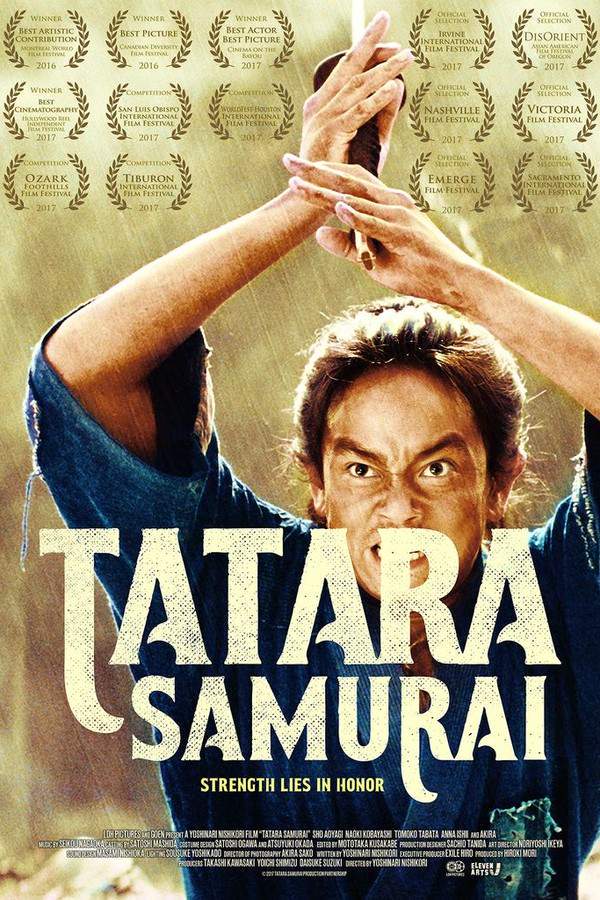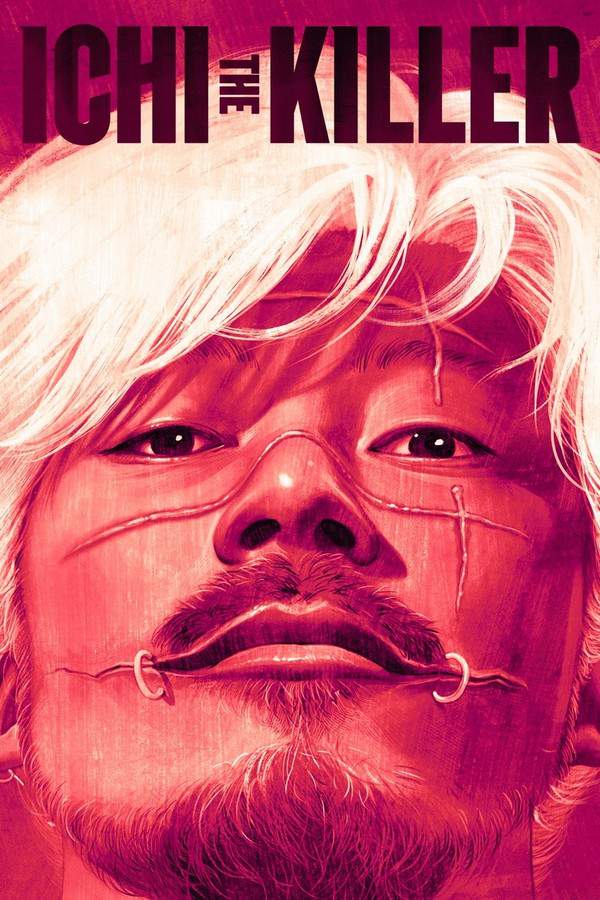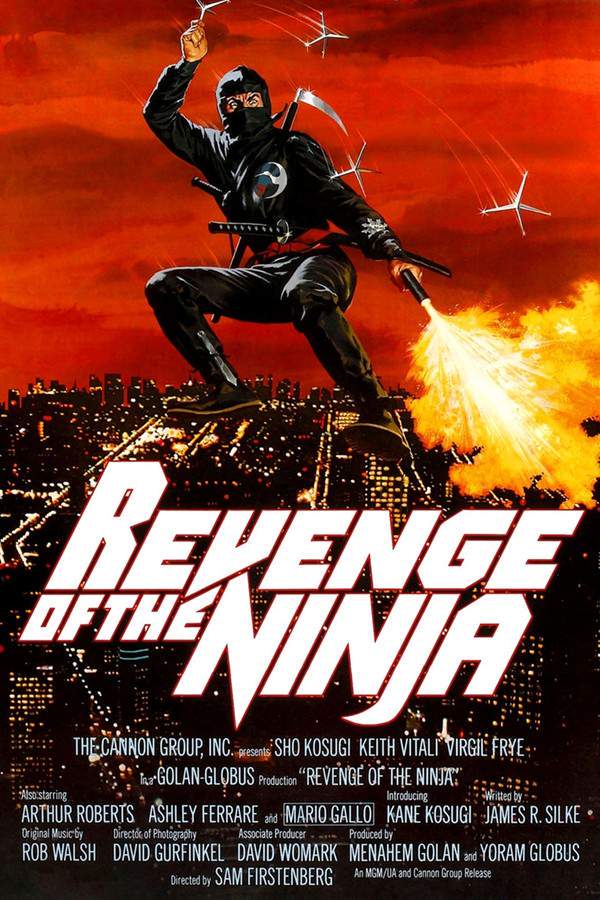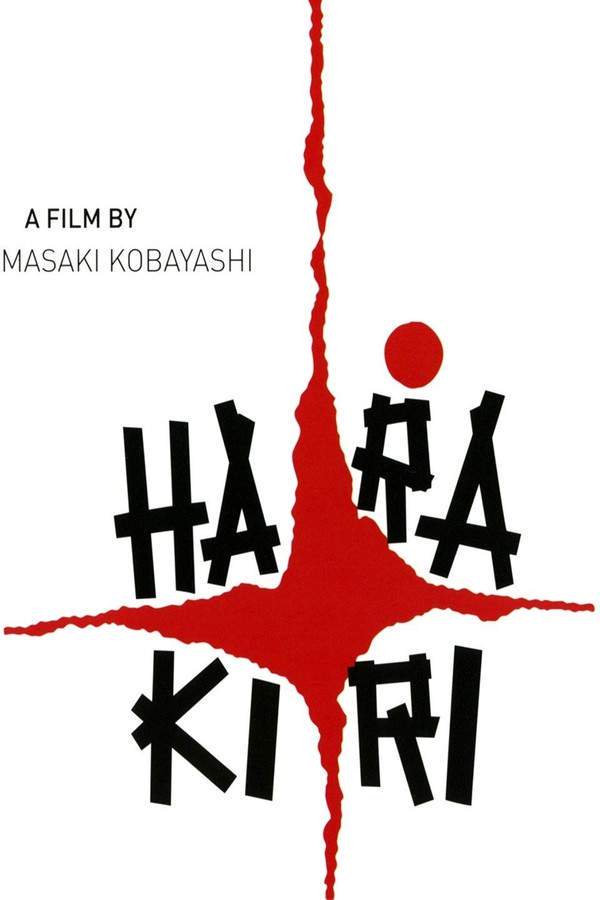
Harakiri
Year: 1964
Runtime: 133 min
Language: Japanese
Director: Masaki Kobayashi
An aging samurai, Hanshiro Tsugumo, requests permission from Kageyu Saito to commit seppuku, a ritual suicide signifying ultimate honor. His request stirs up long-buried tensions and exposes a complex history of loyalty, betrayal, and bitter rivalries within the clan. As the samurai's past is revealed, the traditions and obligations that bind them are tested, leading to a tragic confrontation and a profound exploration of duty and sacrifice.
Warning: spoilers below!
Haven’t seen Harakiri yet? This summary contains major spoilers. Bookmark the page, watch the movie, and come back for the full breakdown. If you're ready, scroll on and relive the story!
Timeline – Harakiri (1964)
Trace every key event in Harakiri (1964) with our detailed, chronological timeline. Perfect for unpacking nonlinear stories, spotting hidden connections, and understanding how each scene builds toward the film’s climax. Whether you're revisiting or decoding for the first time, this timeline gives you the full picture.
Last Updated: November 16, 2024 at 12:05
Unlock the Full Story of Harakiri
Don't stop at just watching — explore Harakiri in full detail. From the complete plot summary and scene-by-scene timeline to character breakdowns, thematic analysis, and a deep dive into the ending — every page helps you truly understand what Harakiri is all about. Plus, discover what's next after the movie.
Harakiri Summary
Read a complete plot summary of Harakiri, including all key story points, character arcs, and turning points. This in-depth recap is ideal for understanding the narrative structure or reviewing what happened in the movie.

Characters, Settings & Themes in Harakiri
Discover the characters, locations, and core themes that shape Harakiri. Get insights into symbolic elements, setting significance, and deeper narrative meaning — ideal for thematic analysis and movie breakdowns.

Similar Movies to Harakiri
Discover movies like Harakiri that share similar genres, themes, and storytelling elements. Whether you’re drawn to the atmosphere, character arcs, or plot structure, these curated recommendations will help you explore more films you’ll love.
Explore More About Movie Harakiri
Harakiri (1964) Plot Summary & Movie Recap
Harakiri (1964) Scene-by-Scene Movie Timeline
Harakiri (1964) Spoiler-Free Summary & Key Flow
Movies Like Harakiri – Similar Titles You’ll Enjoy
Ran (1985) Complete Plot Breakdown
Kagemusha (1980) Spoiler-Packed Plot Recap
Vengeance Is Mine (1979) Movie Recap & Themes
The Twilight Samurai (2004) Movie Recap & Themes
47 Ronin (2013) Plot Summary & Ending Explained
The Hidden Blade (2006) Spoiler-Packed Plot Recap
Tatara Samurai (2017) Full Summary & Key Details
Hara-Kiri: Death of a Samurai (2012) Film Overview & Timeline
Hana (2007) Spoiler-Packed Plot Recap
13 Assassins (2011) Story Summary & Characters
Ichi the Killer (2003) Film Overview & Timeline
Blade of the Immortal (2017) Full Movie Breakdown
The Last Samurai (2003) Full Movie Breakdown
Revenge of the Ninja (1983) Spoiler-Packed Plot Recap


